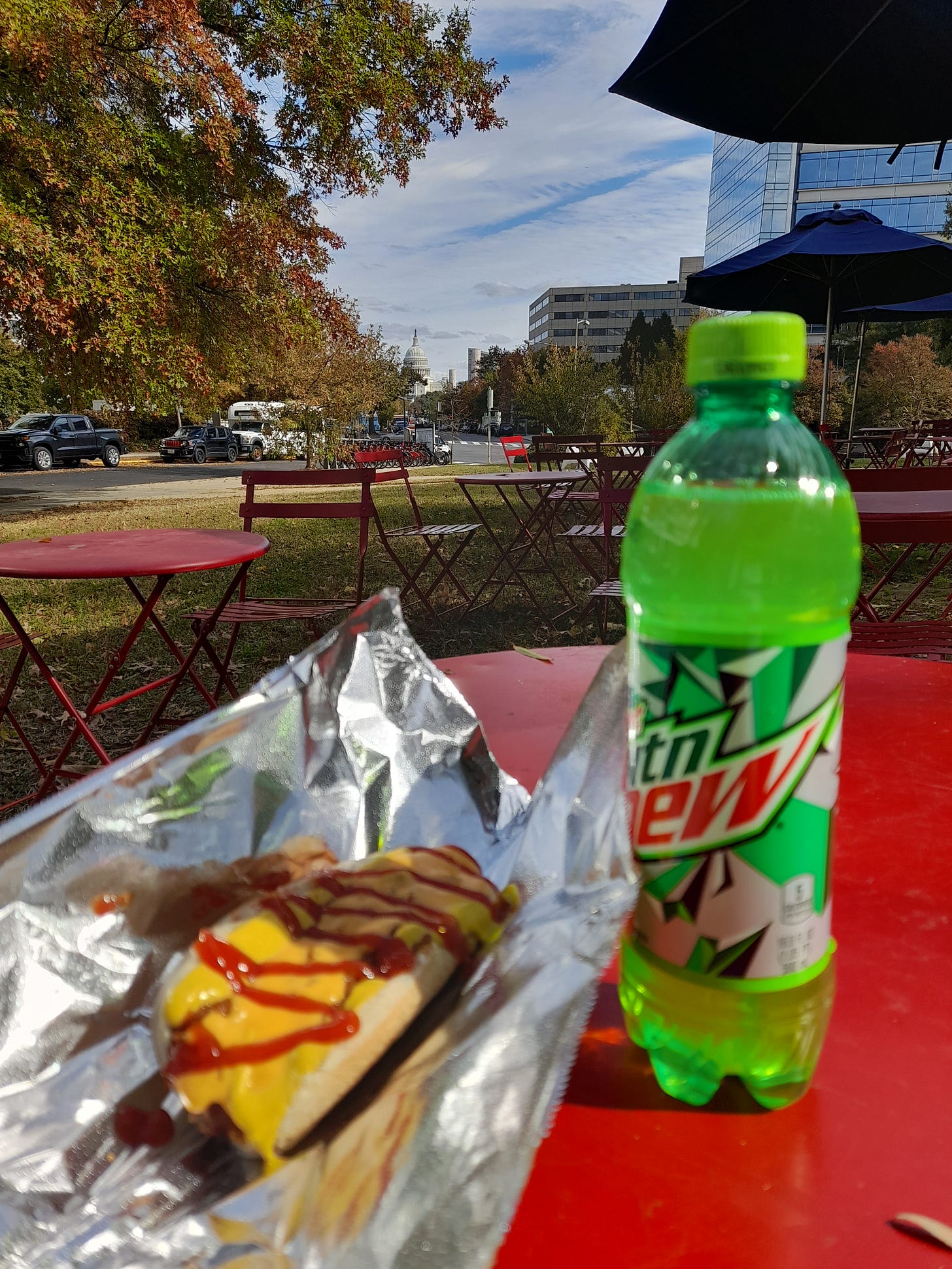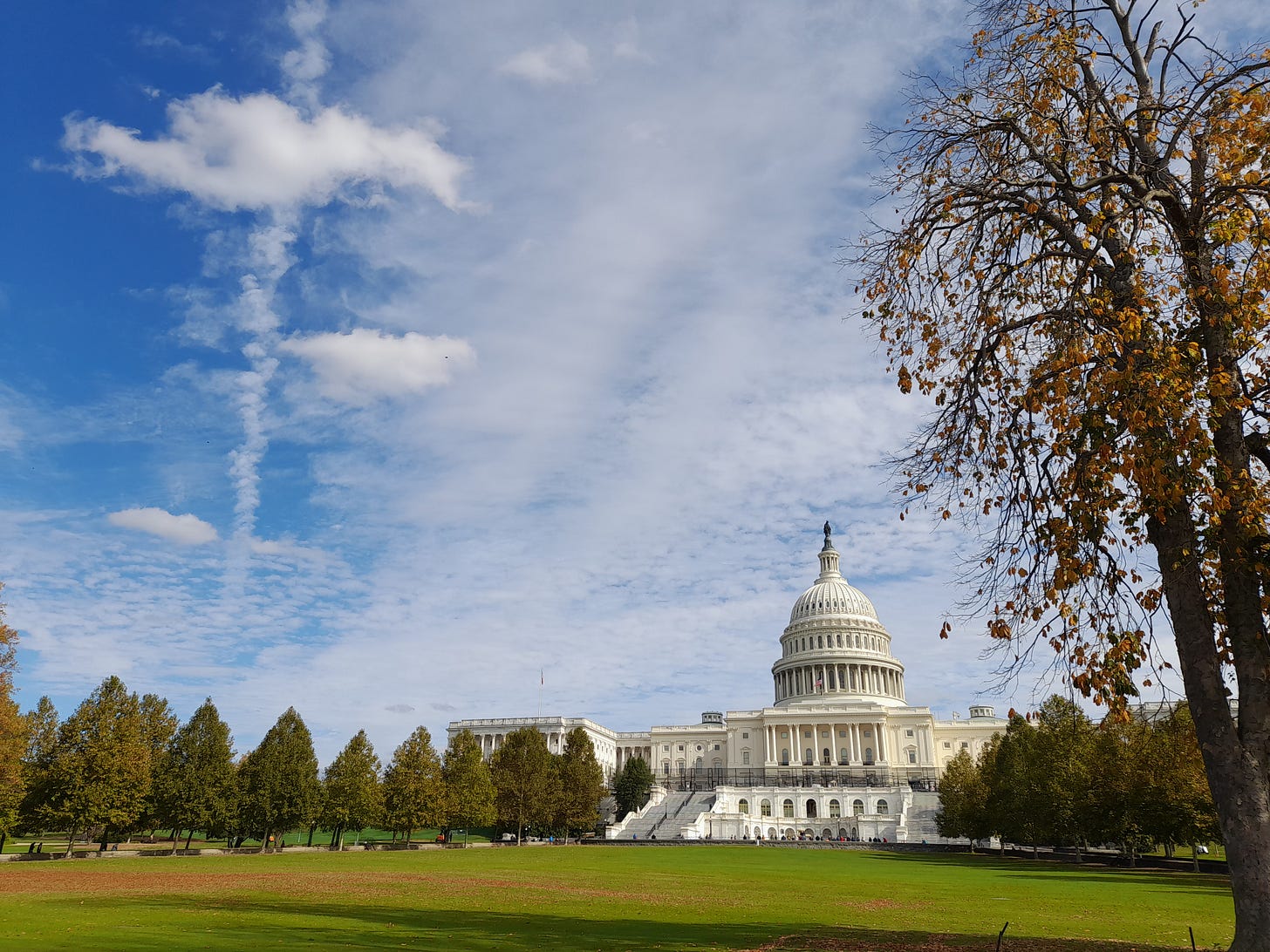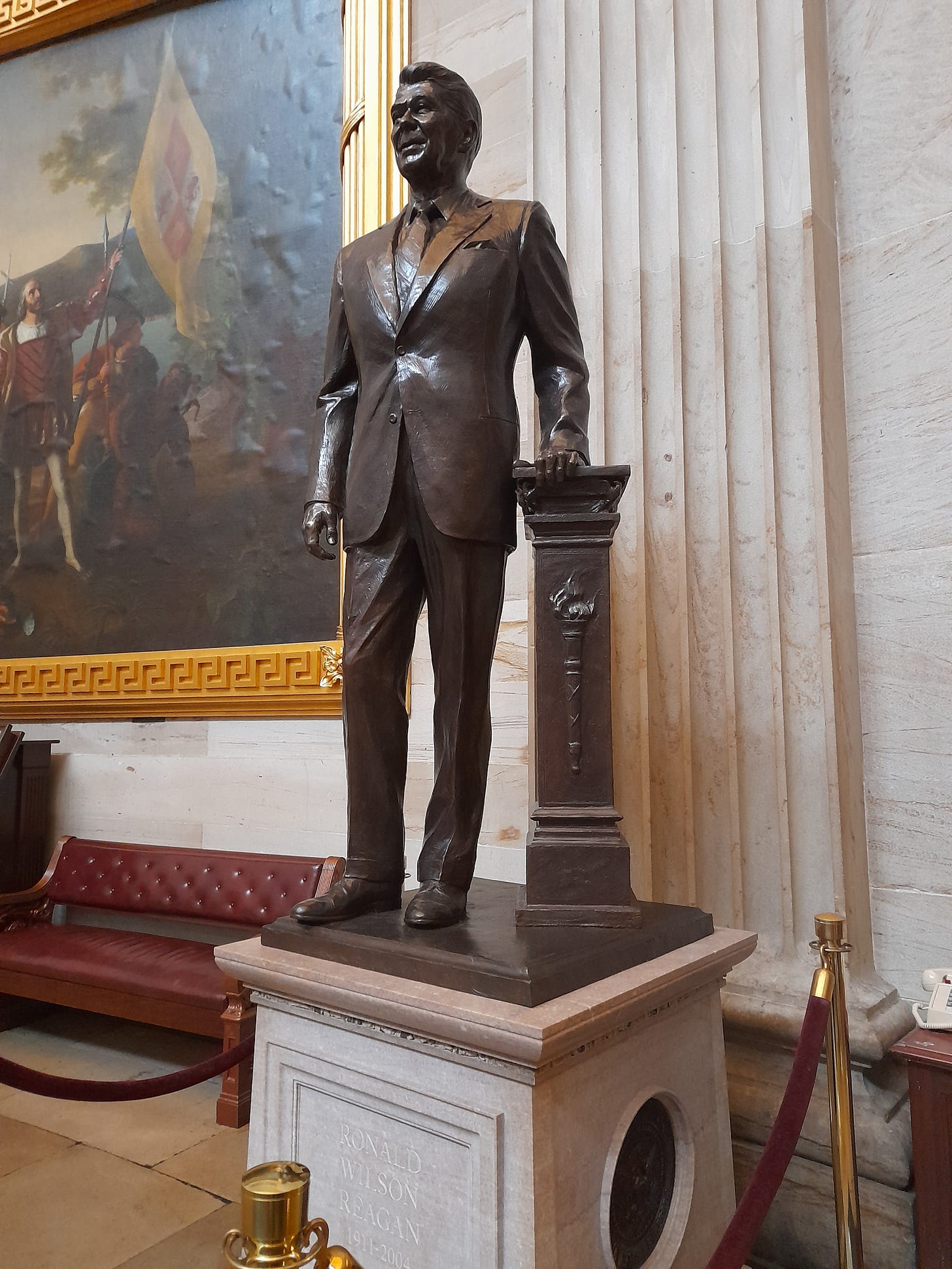Out of many, one? In history and politics, that's easier said then done
Or: A German in America Part III
E Pluribus Unum – ‘Out of many, one’ is one of the core mottoes of the United States. It encapsulates the nation’s inherent tension between freedom from centralised power and unity in one country. The struggle for independence, a traumatic civil war and the succession of conflicts fought largely on foreign soils afterwards have tested this concept again and again.
In a very different way E Pluribus Unum could also have been Germany’s foundation motto. When the nation state was founded in 1871, it too was a collection of states and principalities many of whom were highly skeptical of subjecting themselves to centralised power from Berlin. But while America fought a war with itself to hold its union together, Germany’s nationhood was forged in wars against others.
Both countries have adopted a federal system to balance nationhood with decentralisation. In Germany, this still often leads to conflict. A recent meeting between Chancellor Olaf Scholz and the Minister Presidents of Germany’s sixteen states ran into the early hours of the morning as they negotiated over big issues like immigration.
But I feel German federalism is less overtly part of the national consciousness compared to the U.S. Perhaps the trauma of two lost World Wars and the guilt associated with the Holocaust has inadvertently compounded the national experience rather than the local one. Or perhaps it is simply the fact that Germany is much smaller than the US, making news in Hamburg more relevant in Berlin than news in California feel in Kentucky. Many Germans watch national TV channels and read national newspapers while state and local news are still much more important in America.
So when I was in Washington a couple of weeks ago, I decided to visit the Capitol building, which houses the U.S. Congress, the legislative branch of the federal government. I wanted to see how the concept of E Pluribus Unum fits into the way laws are created and into the way the national story is told to those visiting the capital.
But first things first. I had been told that there was an excellent hot dog stand not far from Capitol Hill. Never one to pass up the opportunity to sample the culinary delights of the places I visit (especially when they involve sausages), I sought out ‘Sami’s Hot Dog Cart’. It had accumulated hundreds of 5-star reviews already, and I too was a happy customer. Sami was lovely, and I had my hot dog on one of the rickety chairs on the other side of the road, which offered direct views of the Capitol.
I thought it was a rather fitting start to my exploration of American federalism and its parallels to Germany’s. While the exact origins of the hot dog are disputed, culturally they are a German import with the frankfurters in the bun found in German sauces sources from the middle ages.
Thus fortified and in a suitably German-American mood, I made my way to the capitol, walking through the glorious autumn sunshine. When I got there, I found myself surrounded by German tourists once again. I arrived just in time to hear their tour guide talk about the attack on the building by Donald Trump supporters on 6 January 2021. The incident allegedly inspired far-right German terrorists to plot a similar storming of the Reichstag building in 2022, highlighting the vulnerability of both democracies.
I had no idea whether it was possible to get into the Capitol for a peaceful tourist like me, but saw signs for a Visitor Centre and followed them. After a security check, I stood in a large entrance hall that contained gift shops and a cafe. All the interesting areas were for people with access passes only.
I cursed my lack of preparation for my trip to Washington once more. When I asked a member of staff how one might obtain a pass for the closed areas of the Capitol, I was met with a counter question: ‘Returning to the scene of the crime, are you?’ I was thoroughly confused. ‘Pardon?’ I asked. The man laughed and said, ‘You guys burned the place down in 1814, remember?’ Ah, the penny dropped. He had clearly caught the British part of my hybrid accent. I decided it was best not to add the bit about being German…
Alongside the A-class historical banter the man offered some advice: I could see if there were any spaces left on the booked tours around the Capitol. I was in luck. A group was just vanishing through a door and their guide gave me a sticker with the desired timed pass on it and told me I could tag along. I’m so glad I did.
We shuffled into a cinema to watch a short film that was, much to my delight, entitled ‘E Pluribus Unum’. Underscored by emotive music and slow-motion effects, it told the story of America’s struggle for national independence and unity.
I was struck by how sensitively the issue of the Civil War was covered – there was no triumphalism, just sadness expressed for the loss of American life. The segment served once more to highlight the need for a careful balance between freedom and unity. Making one out of many, doesn’t mean plurality has to be dissolved.
Coming from a country that is still anxious about its national unity, having only regained it a generation ago in 1990, I found the confidence with which a national narrative consisting of several strands was told here rather striking.
We shuffled out of the cinema and were led to the central Rotunda, the Capitol’s ‘heart’, right underneath its iconic dome. It’s where dead former presidents lie in state and where wonderful paintings and statues are displayed, including one of Ronald Reagan that contains pieces of the Berlin Wall.
Two corridors lead from there to the Senate and the House of Representatives. We were shown the Old Senate Chamber used until 1859 and then by the Supreme Court until 1935. It was in that very room where heated debates over the continuation of slavery were had, one so acrimonious that a Representative beat a Senator nearly to death with a cane.
The old House of Representatives, now the National Statuary Hall was also very impressive. Each state is allowed to send two statues, which it can exchange at any time. The only condition is that they have to be made of marble or bronze. We were even shown one that was supposedly the inspiration for Jebediah Springfield’s statue in The Simpsons.
I tried to imagine a German equivalent. What statues would my home state of Brandenburg send? Frederick the Great? Probably not - Prussia might be an uncomfortable legacy to embrace. Maybe the poet Theodor Fontane as a safer option. The discussion around these statues would certainly be heated.
Keep reading with a 7-day free trial
Subscribe to ZEITGEIST to keep reading this post and get 7 days of free access to the full post archives.





